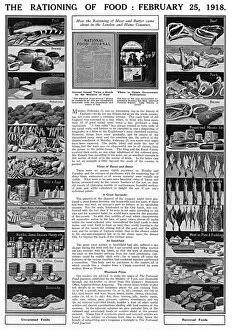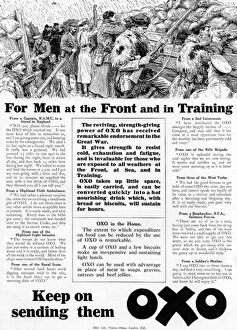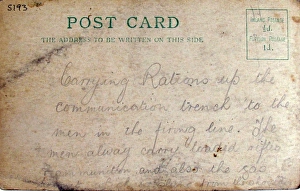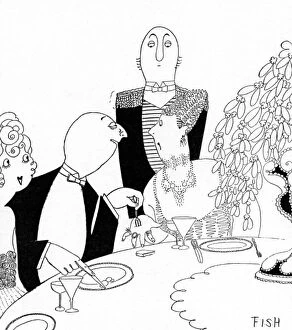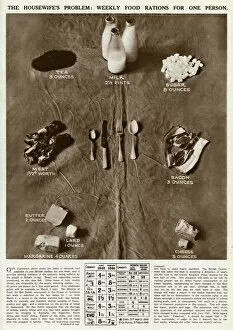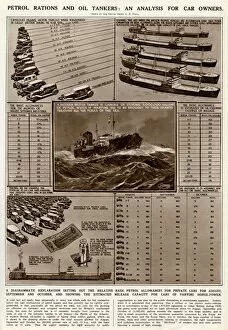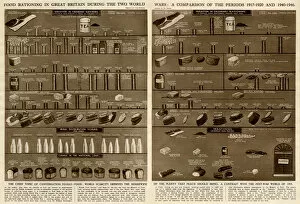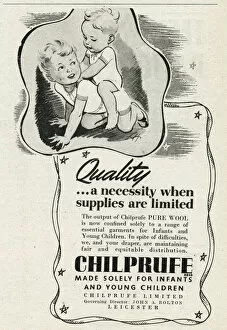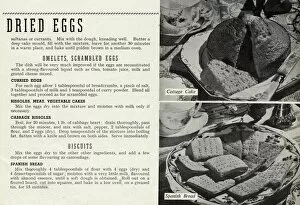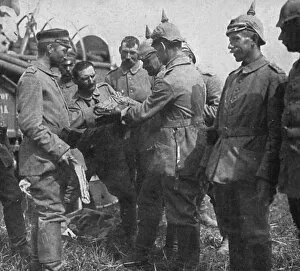Rations Collection (page 6)
"Rations: A Lifeline in Times of Need" During times of war and hardship, rations became a symbol of hope and survival
All Professionally Made to Order for Quick Shipping
"Rations: A Lifeline in Times of Need" During times of war and hardship, rations became a symbol of hope and survival. Sharing Rations - The Troopers Christmas-Box was an act of camaraderie that brought soldiers together during the festive season, reminding them that they were not alone in their struggles. Inventions often push boundaries, but Rejected by the Inventions Board IX - Heath Robinson took creativity to another level. This whimsical contraption showcased the ingenuity behind ration distribution during World War I, proving that even amidst chaos, innovation could thrive. The Salvation Army played a crucial role in providing rations to soldiers on the frontlines during WWI. Their unwavering dedication ensured that troops received much-needed sustenance and comfort in dire circumstances. Passport to Pimlico (1949) depicted a post-war era where rationing still prevailed. It highlighted how limited resources affected communities and emphasized the importance of responsible consumption for collective well-being. The Dig for Victory poster from WWII urged citizens to grow their own food as part of the war effort. It served as a reminder that every individual's contribution mattered when it came to securing essential rations for themselves and others. Save Food posters from WWI echoed this sentiment by encouraging people to minimize waste and make conscious choices about food consumption. These powerful visuals reminded society about the value of each morsel during times when scarcity loomed large. "Don't Waste Bread" became more than just words on a poster during WWI; it evolved into a mantra etched into people's minds as they strived to make every crumb count amidst shortages caused by conflict. Advertisements like Horlicks' 1916 malted milk tablets showcased innovative ways companies contributed towards ration supplies. These compact yet nutritious tablets provided sustenance while being easily transportable – an ideal solution for soldiers enduring harsh conditions far away from home. Even centuries ago, rations played a vital role in sustaining communities.

